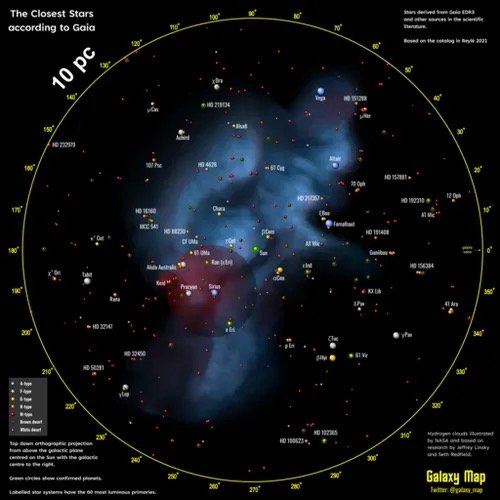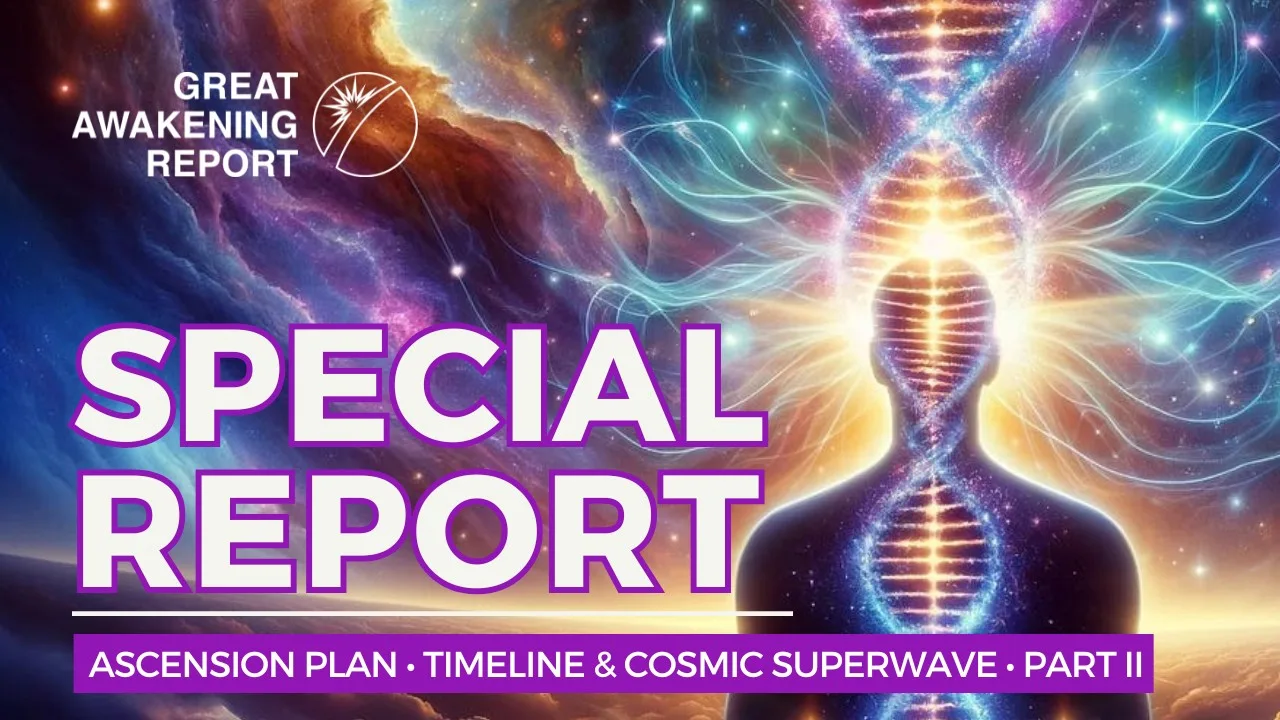Introduction to Interstellar Plasma Clouds
Interstellar plasma clouds, also known as diffuse ionized gas, are vast regions in space composed primarily of ionized hydrogen and other elements. These clouds are significant components of the interstellar medium and play a crucial role in galactic evolution and star formation. The plasma within these clouds is typically hot and low-density, often exhibiting temperatures in the range of 10,000 to several million Kelvin.
For a deeper exploration into cosmic topics, consider reading more about the significance of star formation in the galactic evolution, which can be found here.
The Sun’s Journey: Current Positioning and Dynamics
The Sun’s position in the universe continually shifts due to its motion through the Milky Way galaxy, currently traveling at about 828,000 kilometers per hour (514,000 miles per hour) in a spiral orbit, approximately 27,000 light-years from the galactic center. This journey places it in proximity to various cosmic structures, notably an area characterized by large-scale gas and dust clouds known as the Local Interstellar Cloud, part of a broader region influenced by the Sirius star system and nearby star clusters.
These interstellar clouds play a crucial role in solar dynamic interactions, influencing phenomena such as solar wind and cosmic ray entry into the solar system. For instance, as the Sun approaches denser regions of these clouds, it can experience increased particle interactions, potentially resulting in heightened solar activity, such as solar flares and coronal mass ejections (CMEs) [Source: BCA Center]. This interplay affects not only solar dynamics but also terrestrial conditions on Earth, impacting communication systems and even climate patterns.
Moreover, cosmic factors such as magnetic fields oscillate, affecting how the solar magnetic field interacts with these clouds, thus modifying celestial phenomena around the Sun. Such dynamics underline the intricate connection between our star and the greater cosmic environment, revealing how the Sun’s journey is not just one of solitary travel but a complex interaction with the celestial landscape around it. This alignment and interaction can be explored further in pieces discussing cosmic phenomena and solar activity like the implications of our Sun’s journey and its position in relation to solar events [Source: Great Awakening Report].
Characteristics of the Interstellar Plasma Cloud
The interstellar plasma cloud, or local interstellar medium, exhibits several defining characteristics that inform our understanding of its behavior and composition.
1. **Temperature**: The temperature of interstellar plasma clouds can vary widely but typically ranges from about 6000 to 8000 Kelvin. This temperature is influenced by the balance between heating processes, such as cosmic ray interactions and cooling from radiation emissions. Some studies suggest areas within clouds can reach significantly higher temperatures due to shock waves from nearby supernovae or the interactions with stellar winds [Source: Australian Mining].
2. **Density**: The density of interstellar plasma clouds is generally very low. On average, it contains about 1 atom per cubic centimeter, but this can decrease to 0.1 atoms/cm³ in less dense regions. The density is critical as it dictates the cloud’s gravitational cohesion and its potential for star formation. When denser clumps within these clouds form, they can lead to the creation of new stars and planetary systems [Source: Farm Progress].
3. **Magnetic Fields**: Interstellar plasma clouds are permeated by magnetic fields that play a significant role in shaping their structure and behavior. These magnetic fields, often ranging from 2 to 10 microgauss (uG), affect the motions of charged particles within the clouds, influencing star formation processes and the propagation of cosmic rays. The magnetic field aligns with the overall flow of the interstellar winds, which contributes to the stability and dynamics of the plasma cloud [Source: BCIS].
Understanding these properties not only helps researchers predict the formation of stars and galaxies but also provides insight into the broader cosmic environment that influences the evolution of the universe.
Impact on Solar Activity and Space Weather
The approach of the Sun to the plasma cloud can significantly influence solar activity, including solar flares and solar winds, shaping space weather phenomena. When these plasma clouds approach the Sun, they can enhance solar activity by introducing additional magnetic fields and charged particles into the Sun’s environment. This increased magnetic interaction can lead to more frequent and intense solar flares, which are bursts of radiation resulting from the release of magnetic energy stored in the Sun’s atmosphere.
Solar flares are often measured by the class of their intensity, with X-class flares being the most powerful, capable of disrupting radio communications, GPS, and even electrical grids on Earth [Source: Science Direct]. Concurrently, the solar wind, a continuous stream of charged particles emitted by the Sun, can also be affected by these plasma clouds. As the density of these clouds increases, it can lead to heightened solar wind speeds and potential geomagnetic storms when these winds interact with Earth’s magnetic field [Source: NASA].
Moreover, the positioning and orientation of these plasma clouds can create conditions favorable for coronal mass ejections (CMEs). When directed toward Earth, CMEs can disrupt satellite operations and create auroras at higher latitudes [Source: NOAA]. Understanding the dynamics and impacts of plasma clouds on solar activity is crucial for predicting space weather and mitigating its adverse effects on technology and infrastructure.

Technological Advances in Solar Observation
Advances in solar observation technology have revolutionized our understanding of the Sun and its interactions with solar plasma. Key tools include the Solar Dynamics Observatory (SDO), which employs high-resolution imaging to monitor solar activity in real-time. This satellite captures images across multiple wavelengths, providing invaluable data on solar flares, sunspots, and coronal mass ejections (CMEs) [Source: NASA].
Another significant development is the use of ground-based observatories equipped with advanced spectrometers and magnetographs. These instruments allow scientists to measure the magnetic fields associated with solar phenomena and analyze spectral lines to ascertain temperatures and compositions of solar materials [Source: SDO].
In addition, the use of artificial intelligence (AI) algorithms is becoming increasingly prevalent in analyzing solar data. AI helps automate the detection of solar events, enhancing the speed and accuracy of observational data processing [Source: ScienceDirect]. Such innovations not only improve our predictive capabilities regarding solar weather but also aid in safeguarding technological infrastructures on Earth, which can be disrupted by solar storms.
To explore more about solar events and their implications, check out our article on solar storms and their impacts here.
Future Implications for Astronomy and Space Exploration
The recent advancements in astronomical observations have significant implications for future space missions and our understanding of the cosmos. For instance, the enhanced capabilities of telescopes and satellite technologies enable astronomers to gather unprecedented amounts of data, facilitating the study of distant celestial bodies and phenomena (e.g., exoplanets, supernovae, and cosmic microwave background radiation). This influx of information could lead to groundbreaking discoveries about the formation of the universe and the nature of dark matter and dark energy, two fundamental but poorly understood components of our cosmos.
Moreover, collaborations among international space agencies are becoming more prevalent, allowing for shared resources and expertise, which can enhance mission success rates. For instance, projects like the James Webb Space Telescope are already reshaping our understanding of the universe by providing insights into the early stages of galaxy formation (Source: NASA).
Furthermore, as we develop more advanced spacecraft and exploration technologies, missions to Mars and beyond may not only seek to uncover the history of our solar system but also aim to establish human presence on other planets. Such endeavors could lead to new fields of study in astrobiology, particularly in understanding the potential for life beyond Earth (Source: Space.com).
In conclusion, as we continue to push the boundaries of our knowledge and technological capabilities, the future of astronomy and space exploration promises a deeper understanding of our place in the universe, potentially leading to answers to some of humanity’s most profound questions. For more details on related topics, refer to our articles on space exploration trends and innovations.
Sources
Share This Report
Have questions?
At Great Awakening Report, we are dedicated to supporting your journey toward truth and enlightenment through our specialized Coaching and Consulting services.
Coaching Services: Our coaching programs are designed to guide you through personal awakening and transformation. We offer personalized sessions that focus on expanding consciousness, uncovering hidden truths, and fostering spiritual growth. Our experienced coaches provide the tools and insights necessary to navigate your path with clarity and confidence.
Consulting Services: For organizations and individuals seeking deeper understanding and strategic guidance, our consulting services offer expert analysis and solutions. We delve into areas such as global transitions, alternative news insights, and consciousness studies to provide comprehensive strategies tailored to your unique objectives.
Embark on a transformative journey with our Coaching and Consulting services, and unlock your highest potential. To learn more and schedule a session, visit our Coaching and Consulting pages.
Thank you
Thank you to our subscribers and readers for your continued support and dedication to truth and awakening. Your encouragement, engagement, and belief in our mission make everything we do possible. Together, we are expanding awareness and helping illuminate the path forward.
If you would like to further support the Great Awakening team and our ongoing efforts to share insight, knowledge, and truth, you can DONATE HERE.
With deep gratitude,
– Great Awakening Team
DISCLAIMER: All statements, claims, views and opinions that appear anywhere on this site, whether stated as theories or absolute facts, are always presented by The Great Awakening Report (GAR) as unverified—and should be personally fact checked and discerned by you, the reader.Any opinions or statements herein presented are not necessarily promoted, endorsed, or agreed to by GAR, those who work with GAR, or those who read or subscribe to GAR.Any belief or conclusion gleaned from content on this site is solely the responsibility of you the reader to substantiate.Any actions taken by those who read material on this site are solely the responsibility of the acting party.You are encouraged to think for yourself and do your own research.Nothing on this site is meant to be believed without question or personal appraisal.
COPYRIGHT DISCLAIMER: Citation of articles and authors in this report does not imply ownership. Works and images presented here fall under Fair Use Section 107 and are used for commentary on globally significant newsworthy events. Under Section 107 of the Copyright Act 1976, allowance is made for fair use for purposes such as criticism, comment, news reporting, teaching, scholarship, and research.
COMMUNITY GUIDELINES DISCLAIMER: The points of view and purpose of this video is not to bully or harass anybody, but rather share that opinion and thoughts with other like-minded individuals curious about the subject.










